
Quantum computers process information using quantum bits, or qubits, based on fragile, short-lived quantum mechanical states.

Quantum computers process information using quantum bits, or qubits, based on fragile, short-lived quantum mechanical states.
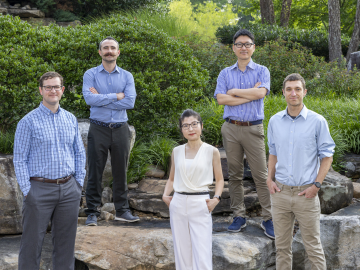
Since its inception in 2010, the program bolsters national scientific discovery by supporting early career researchers in fields pertaining to the Office of Science.

Ho Nyung Lee, a condensed matter physicist at the Department of Energy’s Oak Ridge National Laboratory, has been elected a Fellow of the Materials Research Society.
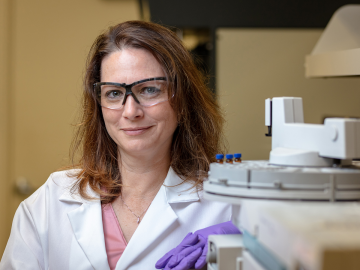
Laboratory Director Thomas Zacharia presented five Director’s Awards during Saturday night's annual Awards Night event hosted by UT-Battelle, which manages ORNL for the Department of Energy.
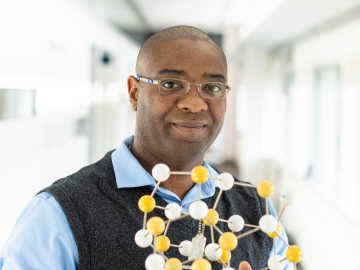
ORNL has been selected to lead an Energy Frontier Research Center, or EFRC, focused on polymer electrolytes for next-generation energy storage devices such as fuel cells and solid-state electric vehicle batteries.
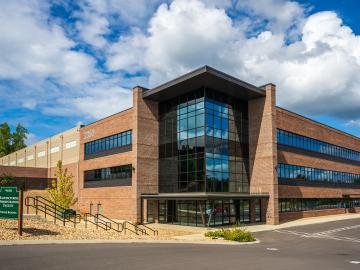
ORNL scientists will present new technologies available for licensing during the annual Technology Innovation Showcase. The event is 9 a.m. to 3 p.m. Thursday, June 16, at the Manufacturing Demonstration Facility at ORNL’s Hardin Valley campus.
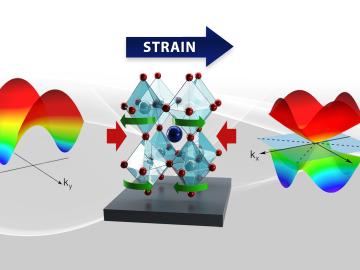
A team led by the ORNL has found a rare quantum material in which electrons move in coordinated ways, essentially “dancing.”
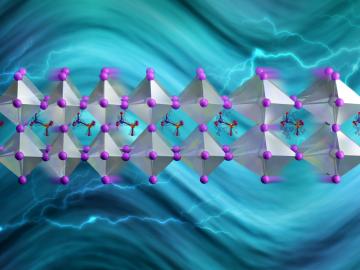
Led by ORNL and the University of Tennessee, Knoxville, a study of a solar-energy material with a bright future revealed a way to slow phonons, the waves that transport heat.
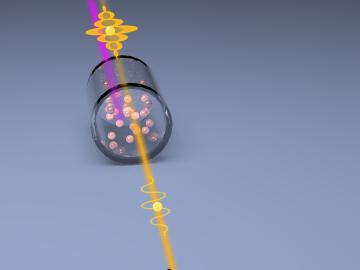
Researchers at ORNL used quantum optics to advance state-of-the-art microscopy and illuminate a path to detecting material properties with greater sensitivity than is possible with traditional tools.
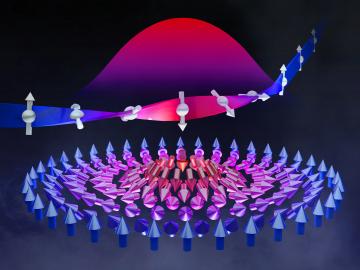
Scientists discovered a strategy for layering dissimilar crystals with atomic precision to control the size of resulting magnetic quasi-particles called skyrmions.

